Top 5 Horror Movies Begging for a Reboot
"What will Hollywood ruin next?"
This weekend's release of
Poltergeist is not the first horror remake/reboot, nor is it—by any means—the last. Hollywood (and by extension, the world) has always had an obsession with piggybacking off of the success of popular films, the horror genre in particular. Countless reproductions of Dracula and Frankenstein have dotted the history of film, and will likely continue to do so. Cheaply-made sequels to popular horror films became profitable enterprises with films like
Halloween,
Friday the 13th and
A Nightmare on Elm Street; leading to the boom in production the genre saw in the 70s and 80s. At some point, a dearth in creative energy or fear of box office failure lead to studios revisiting their properties and selecting features deemed worthy of
bastardization enhancement. Similar in name alone, titles like
The Texas Chainsaw Massacre and
The Exorcist have seen countless reproductions and franchise additions. With no signs of stopping anytime soon, Hollywood is certainly going to continue diving into their repertoire for a continual stream of moneymaking enterprises. With that in mind, this list aims to “beat” the Studios to the punch by suggesting the Top 5 Horror Movies Begging for a Reboot.
The Candyman (1992)
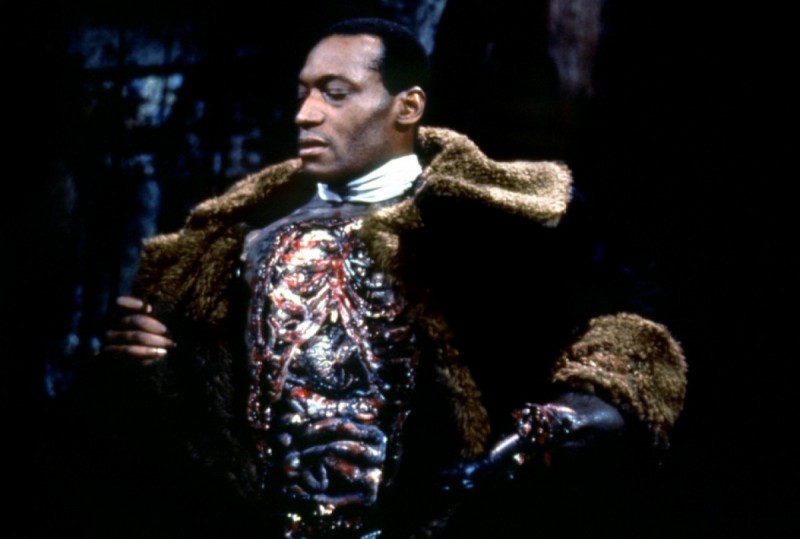
The urban Bloody Mary, Bernard Rose's
Candyman features a familiar plot and one badass villain. Tony Todd's lumbering, hook-handed Candyman sparked fear in the hearts of moviegoers, and prompted years of sleepover triple-dog-dares to see who was brave enough to say “Candyman” five-times in front of a mirror. A
Candyman reboot would not only provide countless opportunities to scare the hell out of a fresh teenage audience, but it would also promote a much-needed diversity within the whitewashed genre; because changing a long-standing character's ethnicity would be blasphemy. Updating many of the film's themes to match with modern tastes and technology would allow the franchise an opportunity to engage younger audiences and elevate a fresh new face—in the vein of Freddie Krueger or Jason Voorhees—to the modern horror lexicon.
The Tingler (1959)
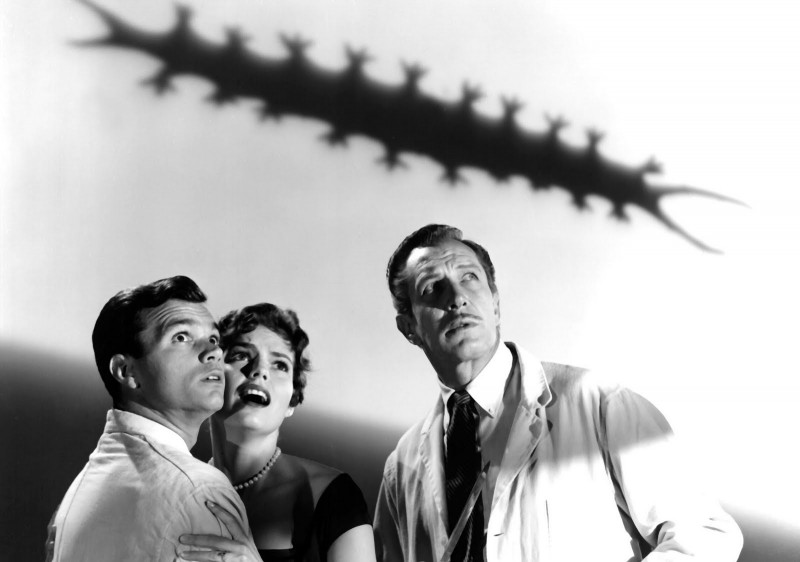
William Castle was a B-movie horror legend. King of theatrical gimmicks, Castle was infamous for promoting his films in a myriad of unusual ways. His first independently-produced film,
Macabre became a hit after Castle handed out $1000 life insurance policies to audiences, and ensured that a host of nurses and health care professionals were standing by in theatre lobbies in the event someone died of fright. With
The Tingler, Castle used a series of industrial vibrators below seats to illicit screams from patrons. In a modern era where 4D has become a growing phenomenon, it is only a matter of time before studios begin to copy Castle's brilliant marketing. Creating a semi-interactive horror movie would undoubtedly sell a multitude of tickets and create a buzz unlike any standard genre fare. While another Castle remake,
House on Haunted Hill, failed miserably in the box office and in critic’s circles, the magic of his films was never in the production values or cinematic tension—success was dependent on the marketing alone. If any studio is capable of recreating the magic of “
Percepto,” “
Illusion-O” or “
The Fright Break,” audiences would flock to theaters in order to prove their relative courageousness.
Scanners (1981)
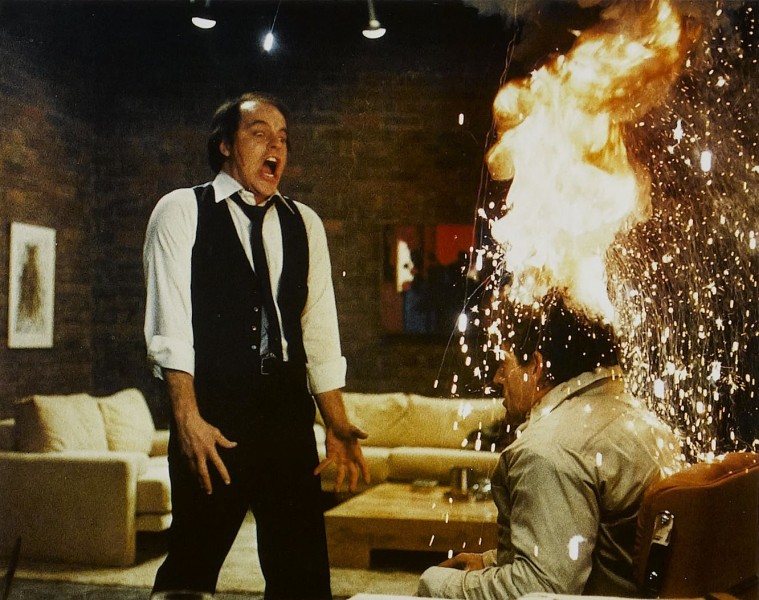
In a World so full of superhero and mutant movies, it is a wonder David Cronenberg's
Scanners has remained untouched. A marvel of low-budget special effects and refined direction,
Scanners features some incredible performances, and an even more thrilling plot. A future teeming with telekinetic “Scanners,” a rogue force works to destroy the possible threat to humanity in the least humane way possible. Companies that are not as large or powerful as Marvel/Disney or DC/Warner Brothers should be scrambling to pick up a franchise with proven “special” characters not subject to a mire of copyrights and trademarks. Made with a budget of around $4 million, most studios could afford to improve the general aesthetic of
Scanners without bowing to modern trends towards CGI and After Effects.
Re-Animator (1985)
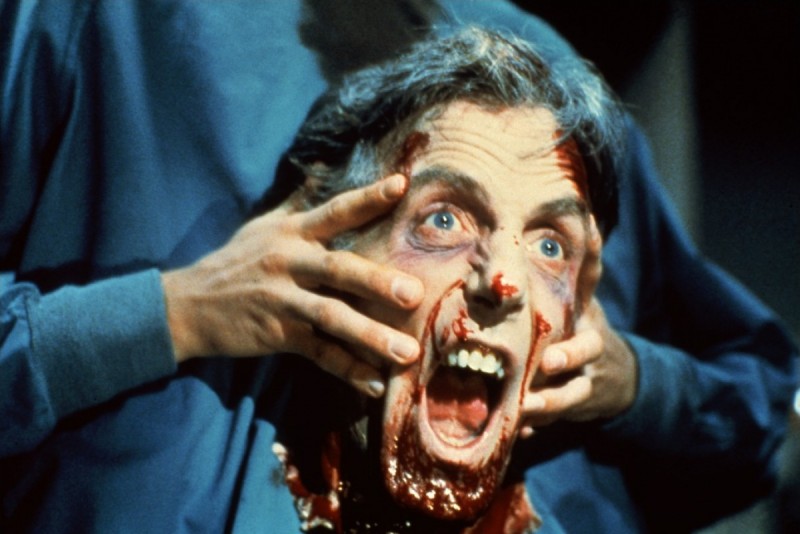
While this Stewart Gordon adaptation of H.P. Lovecraft starts a bit slowly, it quickly builds into an all-out gore fest. True to the axioms of 1980's body horror,
Re-Animator uses gallons of fake blood and some hilariously impressive makeup to shock its audience into submission. Boiling down to a more “science-ey” zombie movie, Gordon's film seems like a guaranteed hit, even in a market flooded with the undead. Hollywood has been missing a good “mad scientist” (no, Dieter Laser's Dr. Heiter doesn't count), so who better to fill the void than the endlessly creepy Herbert West.
Gremlins (1984)
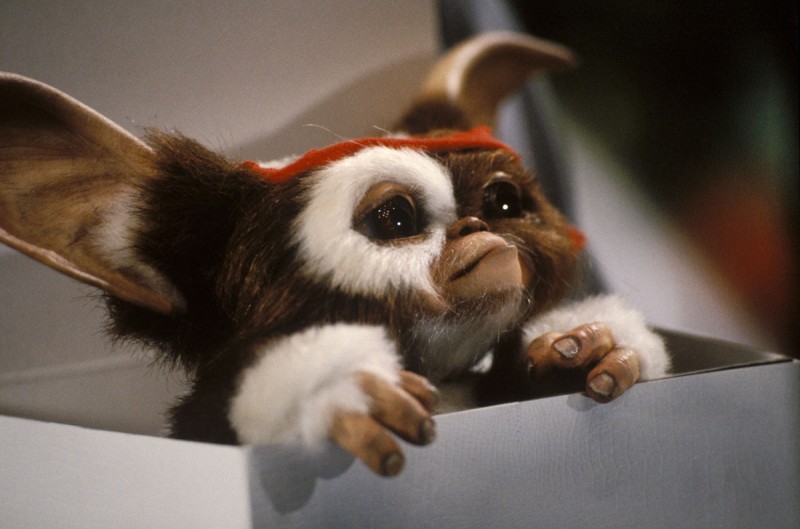
To be honest, I have no idea how there isn't already a
Gremlins remake (although a script is
in progress). While it is undoubtedly a cherished childhood favorite to millions of fans around the world, a reboot seems all but required for such a monumental film. An almost guaranteed moneymaker,
Gremlins would attract both loyal fans and a new generation of potential viewers. While a studio would likely steer clear of puppetry, modern CGI could render some pretty incredible gremlins, especially if framed within an alternate narrative. A
Gremlins reboot could never really hope to live up to the original (
Mad Max: Fury Road has changed many opinions on that subject), and that has never really been the purpose of rebooting and remaking. Taking a familiar story and reconceptualizing it to fit a new audience, or a more-modern set of values is always going to be an exciting prospect. As much as we will always love our favorite movies, we are always seeking that little bit extra, and
that is why reboots will always be relevant.
 The urban Bloody Mary, Bernard Rose's Candyman features a familiar plot and one badass villain. Tony Todd's lumbering, hook-handed Candyman sparked fear in the hearts of moviegoers, and prompted years of sleepover triple-dog-dares to see who was brave enough to say “Candyman” five-times in front of a mirror. A Candyman reboot would not only provide countless opportunities to scare the hell out of a fresh teenage audience, but it would also promote a much-needed diversity within the whitewashed genre; because changing a long-standing character's ethnicity would be blasphemy. Updating many of the film's themes to match with modern tastes and technology would allow the franchise an opportunity to engage younger audiences and elevate a fresh new face—in the vein of Freddie Krueger or Jason Voorhees—to the modern horror lexicon.
The Tingler (1959)
The urban Bloody Mary, Bernard Rose's Candyman features a familiar plot and one badass villain. Tony Todd's lumbering, hook-handed Candyman sparked fear in the hearts of moviegoers, and prompted years of sleepover triple-dog-dares to see who was brave enough to say “Candyman” five-times in front of a mirror. A Candyman reboot would not only provide countless opportunities to scare the hell out of a fresh teenage audience, but it would also promote a much-needed diversity within the whitewashed genre; because changing a long-standing character's ethnicity would be blasphemy. Updating many of the film's themes to match with modern tastes and technology would allow the franchise an opportunity to engage younger audiences and elevate a fresh new face—in the vein of Freddie Krueger or Jason Voorhees—to the modern horror lexicon.
The Tingler (1959)
 William Castle was a B-movie horror legend. King of theatrical gimmicks, Castle was infamous for promoting his films in a myriad of unusual ways. His first independently-produced film, Macabre became a hit after Castle handed out $1000 life insurance policies to audiences, and ensured that a host of nurses and health care professionals were standing by in theatre lobbies in the event someone died of fright. With The Tingler, Castle used a series of industrial vibrators below seats to illicit screams from patrons. In a modern era where 4D has become a growing phenomenon, it is only a matter of time before studios begin to copy Castle's brilliant marketing. Creating a semi-interactive horror movie would undoubtedly sell a multitude of tickets and create a buzz unlike any standard genre fare. While another Castle remake, House on Haunted Hill, failed miserably in the box office and in critic’s circles, the magic of his films was never in the production values or cinematic tension—success was dependent on the marketing alone. If any studio is capable of recreating the magic of “Percepto,” “Illusion-O” or “The Fright Break,” audiences would flock to theaters in order to prove their relative courageousness.
Scanners (1981)
William Castle was a B-movie horror legend. King of theatrical gimmicks, Castle was infamous for promoting his films in a myriad of unusual ways. His first independently-produced film, Macabre became a hit after Castle handed out $1000 life insurance policies to audiences, and ensured that a host of nurses and health care professionals were standing by in theatre lobbies in the event someone died of fright. With The Tingler, Castle used a series of industrial vibrators below seats to illicit screams from patrons. In a modern era where 4D has become a growing phenomenon, it is only a matter of time before studios begin to copy Castle's brilliant marketing. Creating a semi-interactive horror movie would undoubtedly sell a multitude of tickets and create a buzz unlike any standard genre fare. While another Castle remake, House on Haunted Hill, failed miserably in the box office and in critic’s circles, the magic of his films was never in the production values or cinematic tension—success was dependent on the marketing alone. If any studio is capable of recreating the magic of “Percepto,” “Illusion-O” or “The Fright Break,” audiences would flock to theaters in order to prove their relative courageousness.
Scanners (1981)
 In a World so full of superhero and mutant movies, it is a wonder David Cronenberg's Scanners has remained untouched. A marvel of low-budget special effects and refined direction, Scanners features some incredible performances, and an even more thrilling plot. A future teeming with telekinetic “Scanners,” a rogue force works to destroy the possible threat to humanity in the least humane way possible. Companies that are not as large or powerful as Marvel/Disney or DC/Warner Brothers should be scrambling to pick up a franchise with proven “special” characters not subject to a mire of copyrights and trademarks. Made with a budget of around $4 million, most studios could afford to improve the general aesthetic of Scanners without bowing to modern trends towards CGI and After Effects.
Re-Animator (1985)
In a World so full of superhero and mutant movies, it is a wonder David Cronenberg's Scanners has remained untouched. A marvel of low-budget special effects and refined direction, Scanners features some incredible performances, and an even more thrilling plot. A future teeming with telekinetic “Scanners,” a rogue force works to destroy the possible threat to humanity in the least humane way possible. Companies that are not as large or powerful as Marvel/Disney or DC/Warner Brothers should be scrambling to pick up a franchise with proven “special” characters not subject to a mire of copyrights and trademarks. Made with a budget of around $4 million, most studios could afford to improve the general aesthetic of Scanners without bowing to modern trends towards CGI and After Effects.
Re-Animator (1985)
 While this Stewart Gordon adaptation of H.P. Lovecraft starts a bit slowly, it quickly builds into an all-out gore fest. True to the axioms of 1980's body horror, Re-Animator uses gallons of fake blood and some hilariously impressive makeup to shock its audience into submission. Boiling down to a more “science-ey” zombie movie, Gordon's film seems like a guaranteed hit, even in a market flooded with the undead. Hollywood has been missing a good “mad scientist” (no, Dieter Laser's Dr. Heiter doesn't count), so who better to fill the void than the endlessly creepy Herbert West.
Gremlins (1984)
While this Stewart Gordon adaptation of H.P. Lovecraft starts a bit slowly, it quickly builds into an all-out gore fest. True to the axioms of 1980's body horror, Re-Animator uses gallons of fake blood and some hilariously impressive makeup to shock its audience into submission. Boiling down to a more “science-ey” zombie movie, Gordon's film seems like a guaranteed hit, even in a market flooded with the undead. Hollywood has been missing a good “mad scientist” (no, Dieter Laser's Dr. Heiter doesn't count), so who better to fill the void than the endlessly creepy Herbert West.
Gremlins (1984)
 To be honest, I have no idea how there isn't already a Gremlins remake (although a script is in progress). While it is undoubtedly a cherished childhood favorite to millions of fans around the world, a reboot seems all but required for such a monumental film. An almost guaranteed moneymaker, Gremlins would attract both loyal fans and a new generation of potential viewers. While a studio would likely steer clear of puppetry, modern CGI could render some pretty incredible gremlins, especially if framed within an alternate narrative. A Gremlins reboot could never really hope to live up to the original (Mad Max: Fury Road has changed many opinions on that subject), and that has never really been the purpose of rebooting and remaking. Taking a familiar story and reconceptualizing it to fit a new audience, or a more-modern set of values is always going to be an exciting prospect. As much as we will always love our favorite movies, we are always seeking that little bit extra, and that is why reboots will always be relevant.
To be honest, I have no idea how there isn't already a Gremlins remake (although a script is in progress). While it is undoubtedly a cherished childhood favorite to millions of fans around the world, a reboot seems all but required for such a monumental film. An almost guaranteed moneymaker, Gremlins would attract both loyal fans and a new generation of potential viewers. While a studio would likely steer clear of puppetry, modern CGI could render some pretty incredible gremlins, especially if framed within an alternate narrative. A Gremlins reboot could never really hope to live up to the original (Mad Max: Fury Road has changed many opinions on that subject), and that has never really been the purpose of rebooting and remaking. Taking a familiar story and reconceptualizing it to fit a new audience, or a more-modern set of values is always going to be an exciting prospect. As much as we will always love our favorite movies, we are always seeking that little bit extra, and that is why reboots will always be relevant.